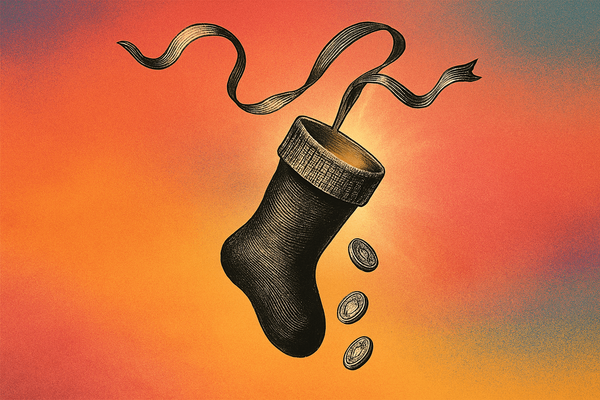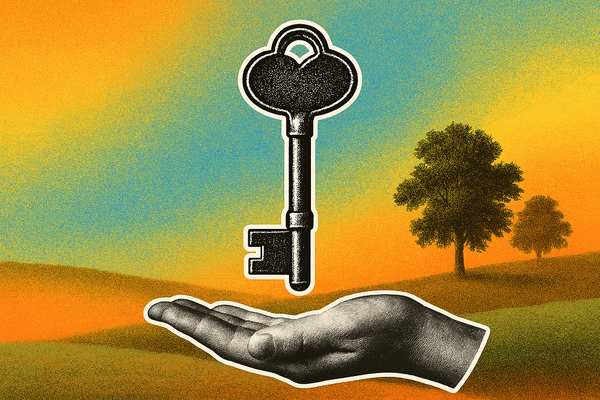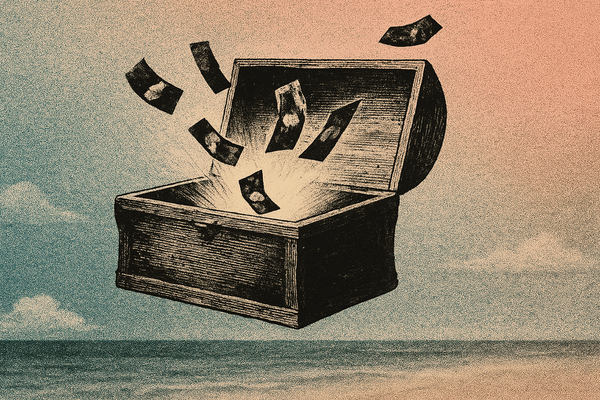How Households Are Spending in 2025
Overall, household spending remains flat in 2025, with gains being concentrated in everyday experiences—meals out, travel, and digital goods—rather than big purchases or home upgrades.

Over the past two years, news stories have often called consumers 'resilient.' Even though total spending has stayed about the same, the types of things people are buying are changing.
Jason Furman, a Harvard economist, recently noted that U.S. GDP growth would have been close to zero in the first half of 2025 without the surge in data centre construction tied to AI infrastructure. That is extraordinary: one single category has been carrying almost all of this year’s reported growth. Household consumption, normally the main source of growth, has contributed less than at any time since 2020.
Still, some categories are expanding while others are shrinking, which shows how households are adjusting. In this article, we'll take a closer look at exactly what those small, measurable shifts have been and provide an outlook for the rest of 2025 and into 2026.
Services still dominate, but the mix is evolving
Services make up about two-thirds of household spending in both Canada and the United States, but the areas driving that growth have changed.
In the U.S. and Canada the expansion is coming from a sustained increase in spending on experiences—restaurants, travel, and cultural events—even as households pull back in other areas.
Goods: a quiet divide
The broad category of goods is flat as a share of total consumption, but within it, there’s a clear split.
Electronics and information equipment have been one of the few durable categories still expanding. BEA data show that spending on electronics relative to overall goods spending has risen about 10% since the beginning of 2022.
On the other hand, spending on furniture and appliances, has hardly changed. Higher financing costs play a role, but so does the simple fact that many of these goods were upgraded during the pandemic.
Together, those categories form a consistent pattern: households are still investing in computers, tablets, and connected devices, which are often replaced on a cycle, but have pulled back on physical upgrades like a new sofa or refrigerator, which can be easier to delay.
Online retail continues to post strong nominal growth, with online ordering steadily becoming the default mode of purchase.
Retail data indicates that clothing is an area of ongoing weakness, especially in Canada, where Q3 growth was roughly half that of Q2 2025. Consumers are purchasing fewer new garments and keeping wardrobes longer.
Energy, shelter, and finance all remain relatively steady
Despite the attention energy prices get, household energy’s share of total consumption has held steady.
In the United States, electricity and gas account for roughly 3% of personal consumption, unchanged since 2020. In Canada, electricity, gas, and other fuels make up around 2.5-3 % of household spending, a ratio that has barely moved for 3 years.
The burden of energy costs remains visible because prices fluctuate sharply month to month, but in the national accounts, energy has not become a larger part of household budgets.
Spending on housing and financial services is not growing faster than total consumption. BEA data show housing and utilities at about 18% of total household spending—nearly the same share as 5 years ago. Financial services and insurance remain near 7%, also unchanged. These categories remain large because of their size, not because they’re accelerating.
A clearer picture of household spending in 2025
The outlook for 2025 suggests a modest pickup in consumer spending, not a surge. According to Deloitte’s holiday retail forecast, Canadian household spending is projected to rise by about 3% year over year. This increase will be driven by small gains in categories like food, travel, and personal gifts, rather than large-ticket purchases. The data support this outlook: household consumption growth remains concentrated in day-to-day indulgences and shared experiences, with less emphasis on durable goods or home upgrades.
In both Canada and the U.S., higher borrowing costs continue to weigh on discretionary purchases that require financing. The categories that have been gaining—restaurants, recreation, electronics, and digital services—are unlikely to reverse direction before year-end.
If there’s any rotation to come, it may be seasonal rather than structural: more spending on travel, gifts, and dining through the holidays, balanced by a quieter start to 2026. The broader pattern remains the same. Households are spending carefully, leaning toward convenience, connection, and small forms of reward.





